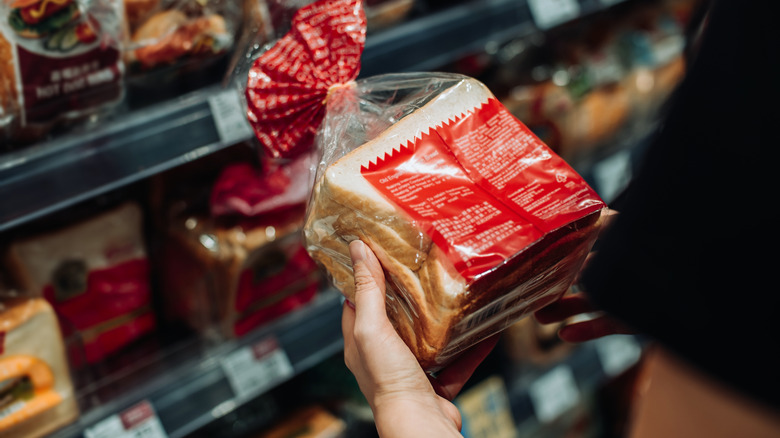The FDA Could Be Making Major Changes To Nutrition Labels. Here's What To Know
The Food and Drug Administration (FDA) might soon change the appearance of food labels to more clearly inform consumers about the nutrition information in packaged foods and drinks. A proposal introduced on January 14, 2025, would require food manufacturers to clearly label the amounts of sodium, added sugar, and saturated fat on the front of product packaging within three years if approved. The labels would rate these three nutrition facts as "low," "medium," or "high," depending on how much sodium, sugar, and saturated fat each product contains.
Why these three nutrition facts specifically? According to the FDA News Release, "A large body of research indicates that a major contributor to this problem is excess consumption of saturated fat, sodium and added sugars." The FDA's efforts to provide additional information on product labels aim to reduce chronic diseases like heart disease, cancer, and diabetes by educating consumers and encouraging changes in eating habits.
The proposed labeling would be in addition to the currently required nutrition facts label, which was created by Burkey Belser in 1994. If the change is approved, some experts speculate that manufacturers may also reconsider the amounts of sodium and sugar in their products to avoid receiving unfavorable ratings. However, there has been significant pushback from opposing groups concerned about the unintended consequences this new labeling could create.
Some experts fear the new labeling could confuse consumers
If approved, the additional nutrition labeling on packaged foods and beverages would not take effect for several years. Manufacturers would have three to four years from the date of approval to start rolling out the new designs that include the rating system for added sugar, sodium, and saturated fat. This means the earliest noticeable changes to labels on snack foods and drinks would likely not appear until 2028. However, not everyone believes these changes would be helpful for consumers.
The Consumer Brands Association has spoken out against the proposed changes, arguing that the additional information could confuse customers. Instead, the association suggested that manufacturers voluntarily provide nutrition information on the front of packaging. Front-of-package labeling is not entirely new, as countries like the United Kingdom, Mexico, Chile, and Australia have adopted similar systems, though it remains unclear whether this approach would be effective in the United States.
There is also concern that manufacturers could potentially manipulate the new rating system, similar to how restaurants sometimes exploit labeling loopholes to mislead diners. Nutrition epidemiologist Lindsey Smith Taillie voiced her skepticism to NBC News, stating, "A 'low' in sugar label on a product that does not typically contain sugar anyway may lead consumers to think a product is healthier than it is." Portion sizes could further influence these ratings. Not only might your snack-sized chip bag be filled with extra air, but it could also present potentially misleading information based on the proposed guidelines.


